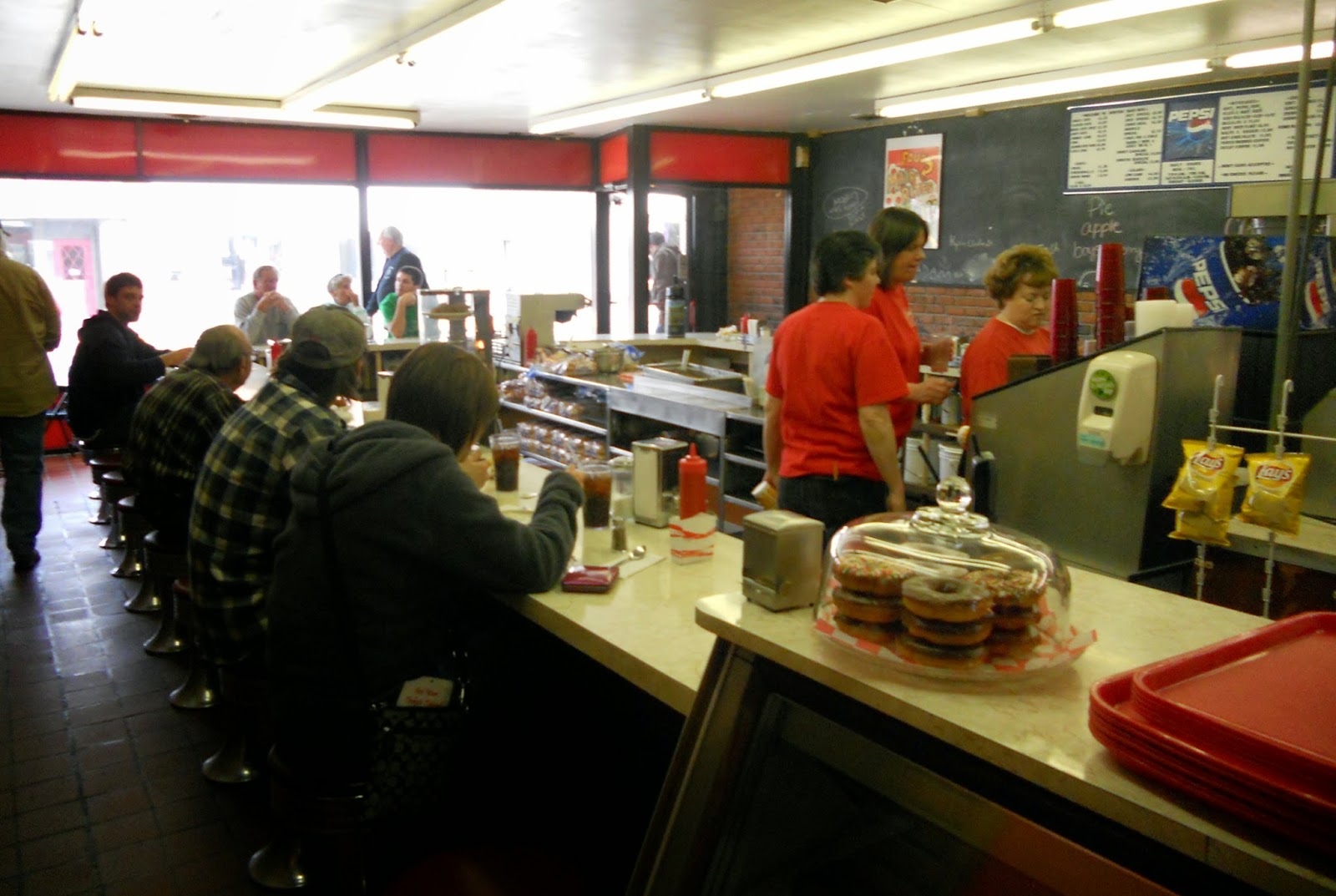Remember, for a larger image, right click over the picture.
 I always date and record the parents when making a cross. Having the date gives me some indication as to when they will be ready to harvest, sometime between 50 and 55 days. You cannot always count on a seed pod turning brown when it is ready, so I give them the pinch test. Take a pod between your thumb and forefinger and pinch it lightly. If it cracks open, It is ready to harvest.
I always date and record the parents when making a cross. Having the date gives me some indication as to when they will be ready to harvest, sometime between 50 and 55 days. You cannot always count on a seed pod turning brown when it is ready, so I give them the pinch test. Take a pod between your thumb and forefinger and pinch it lightly. If it cracks open, It is ready to harvest.As soon as the seeds are harvested, and before drying, I place them in a plastic zip lock bag and place them in the crisper drawer of the refrigerator where they will stay for at least 3 weeks before planting. Probably if you leave them in the fridge longer, germination will be higher. Notice the cross tag stays with the seeds. I know other hybridizers who will let their seed dry out before refrigerating. Whatever works best for you!
This is a seed that has germinated. You can see the "tap" root to the right and the green foliage beginning on the left.
I begin with a 1020 tray with a 6 compartment insert. These compartments are approximately 2" X 5" X 7". I would really prefer to have them deeper, but this is what I use for germinating seeds.
I fill each compartment with a seed starting mix slightly compacted. I then score 4 rows in each compartment. This helps me keep the seeds in a straight row.
12 to 15 seeds are planted in each row which gives me an average of 50 seeds per compartment. This gives me a total of about 250 seeds per flat. Notice each cross is marked with the parentage.
The seeds are then covered with about ½" of the seed starting mix. I number and date each tray so I will know approximately when to transplant, normally about 6 weeks.
Seeds begin showing above the seed starting mix at 5 or 6 days. Here are 4 trays which total approximately 1000 seeds in a 24" X 40" space. You may not be able to see it, but I use an old electric blanket for some bottom heat. The blanket is wrapped in plastic sheeting to keep it from getting wet. I am a proponent of bottom heat but this does not come from any scientific research. These are the seedlings at about 4 weeks. In a couple more weeks they will be ready for transplanting. Yes, the roots are intertwined in the trays and some roots will be damaged when removing the seedlings but if you are careful, damage can be kept to the minimum.
Here is an image which shows the seedlings and the roots when removed from the starting trays before transplanting. Remember when I stated that we continue to experiment to find a better way? One year I tried starting seeds in peat pots with little success. I know that Bill Waldrop and others start their seeds directly in peat pots with great success. It just didn't work for me.
Please don't interpret me as an expert on starting seeds. This is the method that works for me and I am sure that you will find a method that works for you. This information may be worth exctly what you paid for it. This year I started my seeds in late July so they will be ready to transplant soon.
Life is very, very good.
Lee























+X+BM.jpg)



















